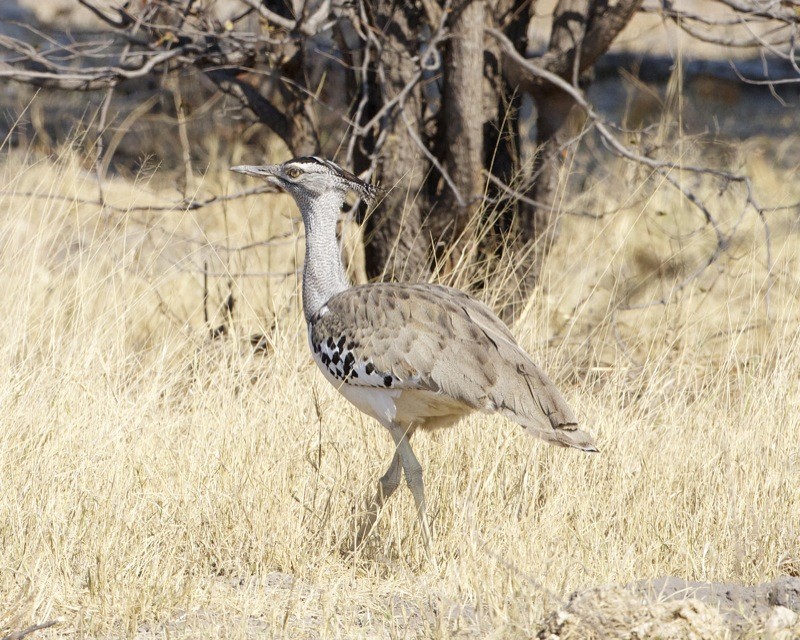 Where does kori Bustard usually live?
Where does kori Bustard usually live?
Where does kori Bustard usually live?
The kori bustard is found throughout southern Africa, except in densely wooded areas. They are common in Botswana and Namibia, extending into southern Angola and marginally into southwestern Zambia. In Zimbabwe they are generally sparse but locally common, particularly on the central plateau. Their distribution range extends along the Limpopo River valley into southern Mozambique and the eastern lowveld of South Africa. In South Africa they are also infrequent to rare in the Free State, North West and Northern Cape Provinces, extending southwards into the interior of the Western and Eastern Cape Provinces. Kori bustards are absent from the coastal lowlands along the south and east of South Africa and from high mountainous areas. This species is common in Tanzania at Ngorongoro National Park, Kitulo National Park and Serengeti National Park. A geographically disjunct population also occurs in the deserts and savanna of northeastern Africa. Here, the species ranges from extreme southeast South Sudan, north Somalia, Ethiopia through all of Kenya (except coastal regions), Tanzania and Uganda. Kenya may hold the largest population of kori bustards of any country and it can even border on abundant in the North Eastern Province. They are usually residential in their range, with some random, nomadic movement following rainfall. This species occurs in open grassy areas, often characterized by sandy soil, especially Kalahari sands, and short grass usually near the cover of isolated clumps of trees or bushes. It may be found in plains, arid plateaus, highveld grassland, arid scrub, lightly wooded savanna, open dry bushveld and semi-desert. Where this species occurs, annual rainfall is quite low, between 100 and 600 mm (3.9 and 23.6 in). Breeding habitat is savanna in areas with sparse grass cover and scattered trees and shrubs. When nesting they sometimes use hilly areas. They follow fires or herds of foraging ungulates, in order to pick their various foods out of the short grasses. They may also be found in cultivated areas, especially wheat fields with a few scattered trees. This bustard is not found in well-wooded and forested areas due to the fact that it needs a lot of open space in which to take off. In arid grassland areas it is found along dry watercourses where patches of trees offer shade during the heat of the day.
People often ask
Related Searches
Scientific Classification
Phylum
Chordates Class
Birds Order
Bustards Family
Bustards Genus
Large Crested Bustards Species
Kori Bustard 